When developing a stand-alone product (cell or battery-powered), accurately estimating its autonomy is always a challenge.
Even when the development of this product is finished and we know exactly how much power it will consume, there is still the uncertainty of the use and the parameters that will be programmed by the user : how many times will he use it in a day or a month? Under what conditions will he use it? How many alerts will be generated automatically? etc.
Yet autonomy is one of the key criteria of the product’s relevance to its market : customers could refuse a product that needs to be recharged every day or whose batteries need to be changed every month, whether for reasons of battery costs but especially labour costs.
It is therefore necessary to be able to estimate this autonomy as accurately as possible even before the start of development.
In this article, we will present the approach that enabled NEXT4’s R&D teams to achieve this objective for its shipping container tracker.
1. Estimate the capacity of the power source
The autonomy of the product will depend on 2 factors : the current consumption of the product and the capacity of the power source (cells, rechargeable battery, etc.).
The choice of the power source will not only depend on the desired autonomy : what size can or should the product be? Is it possible to fit one or more “stick” batteries inside? In what temperature range should the product operate? Is it possible to have a charging connector on the case? Can/will the user recharge the product instead of changing batteries?
The answers to these questions will limit the choices available and allow a rough estimate of the power source capacity.
2. Do not calculate the autonomy of the product, but look for the desired target autonomy
Calculating the consumption of the product before starting its development is very complex : will my product consume 10µA or 20µA on standby? Will it be 10min or 1h? Does the emission of a message consume 60 or 100mA? So many questions which will remain unanswered before having made some tests in real conditions.
From experience, it is preferable to first ask what is the target autonomy, or what are the target autonomies. Based on customer needs or on the performance of competing or similar products, it is possible to find out what will be the levels that will allow us to have a relevant product to propose to our customers.
The question will then be : are these objectives realistic? easy to reach? difficult to reach? unattainable?
3. Calculate an average consumption
From the estimated capacity and the target range, the average target consumption of the product can easily be deduced :
average consomption = capacity / autonomy
For example, with AA lithium batteries with a capacity of about 3200mAh and a target capacity of 1 year, the average consumption should be 365µA.
4. Divide the average consumption between standby consumption and moments of activity
The actual average consumption will be the result of 2 main factors: the standby consumption (minimum consumption of product functionning) and the consumption related to the moments of product activity (sending of periodic messages, alerts, etc.).
It is therefore necessary that :
1 – the standby consumption must be well below the average target consumption. Indeed, in the vast majority of cases, it will be the periods of activity that will have the greatest impact on the average consumption of the product.
In our example above, whether the product consumes 10 or 20µA on standby, it will be well below the 365µA average consumption. It is therefore useless to refine this estimate and we can consider that 345µA remains for the periods of activity.
2 – the delta between the standby consumption and the average consumption allows the periods of activity. This calculation can also be the occasion to adjust the behaviour of the product.
For example, if sending a message “costs” 60mA during 6sec (typical case of a European SigFox product), a sending every 10 min would consume 600µA of average which would be too much compared to our target (345µA). On the other hand by sending a message every hour, the estimate would be 100µA, and the target autonomy would be reachable (assuming that it is the only activity of the product of course).
Conclusion
While it is very difficult to estimate precisely the autonomy of a product before starting its development, it is possible, by taking the problem in the other direction, to know whether or not one will be able to reach a defined target autonomy.
This is how at NEXT4 we have been able to guarantee an autonomy of two years for our sea container tracker.
Of course the estimates will have to be updated throughout the development process using the actual data measured on the product.
by Julien Brongniart

